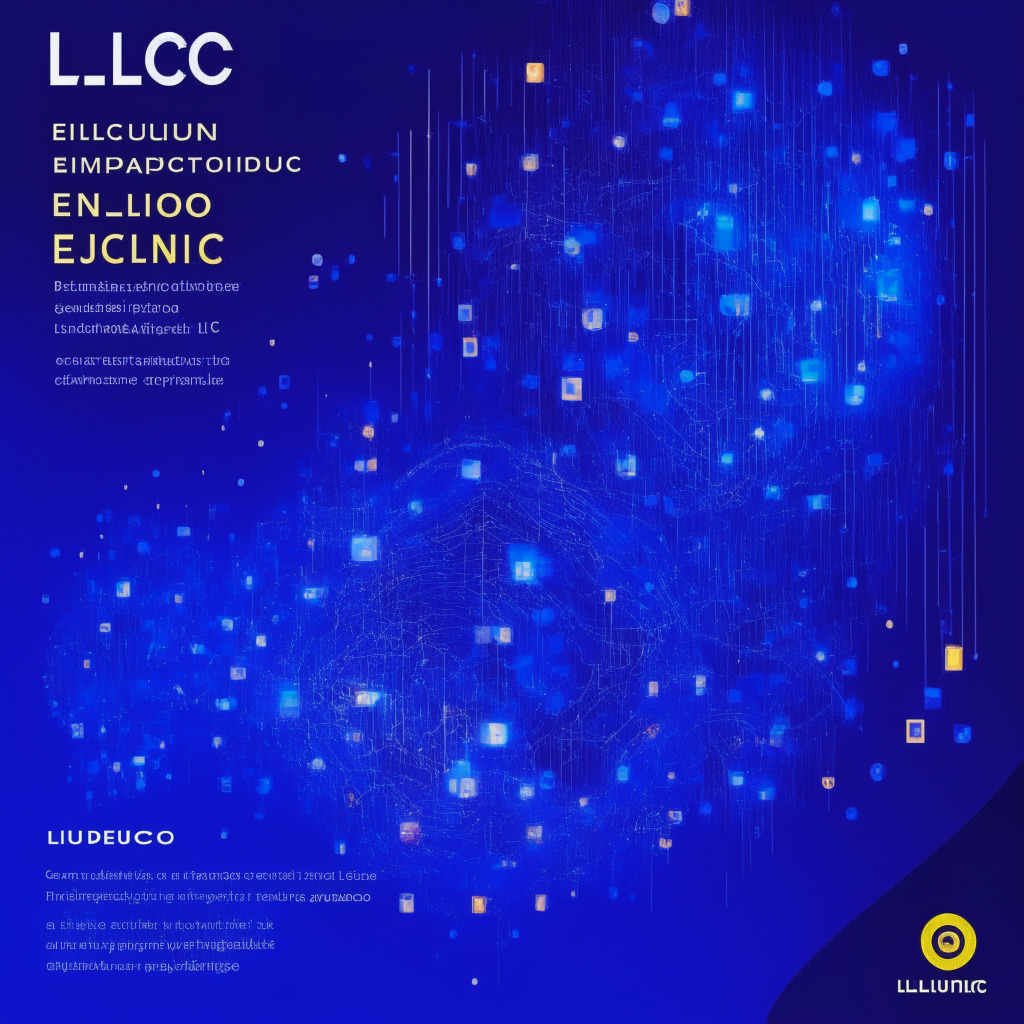The European Union Intellectual Property Office (EUIPO) recently shared in a Monday post that blockchain-based anti-counterfeiting tools are displaying great potential following a trial involving brands, border control, and logistics operators. EUIPO has completed a proof of concept, having conducted real-life operational tests with four brands, two logistics operators, and a customs authority, leading to promising results under an initiative called the European Logistics Services Authentication (ELSA). The project is based on another venture known as the European Blockchain Services Infrastructure (EBSI).
EUIPO, an EU agency located in Alicante, Spain, has plans to develop an open-source platform this year aimed at ensuring that each link in the trade supply chain can track products and verify their authenticity. Utilizing distributed ledger technology for combating counterfeit products is not a new concept, but it hasn’t been successful in previous attempts. However, supporters of the EUIPO project argue that employing open-source technology can help the initiative sidestep the pitfalls of overly centralized systems, such as IBM’s TradeLens. The TradeLens project announced its winding down in November last year.
According to EUIPO, counterfeit products make up approximately 2.5% of global trade, which equates to a staggering worth of around 412 billion euros (roughly $451 billion). The EUIPO’s pursuit of a blockchain-based solution to curb counterfeiting clearly indicates the potential that this technology holds. However, the question arises: is this approach a panacea for the rampant counterfeit market, or just another shot in the dark?
On one hand, a blockchain-based platform can ensure transparency and traceability in supply chains. By doing so, it could potentially reduce the counterfeit market and help safeguard both consumers and legitimate businesses. Additionally, blockchain technology has demonstrated its value in facilitating robust and secure transactions, further establishing it as a promising tool for verifying authenticity.
On the other hand, it’s crucial to bear in mind that technology alone may not eliminate the counterfeiting problem entirely. Competing systems, logistical complexities, and potential pushback from certain stakeholders might impede the implementation of a unified solution. Moreover, blockchain technology might face scalability and interoperability challenges when dealing with diverse environments, systems, and stakeholders.
In conclusion, the EUIPO’s exploration of blockchain as a tool to combat counterfeiting is both promising and filled with challenges, as with any new technological endeavor. While distributed ledger technology may well prove its worth in addressing this issue, it must be accompanied by collaborative efforts from all stakeholders, as well as continued innovation to address evolving counterfeiting practices. Only time will tell whether the EUIPO’s open-source platform will make a dent in the vast counterfeit market, but for now, it certainly poses an interesting and timely development.
Source: Coindesk




